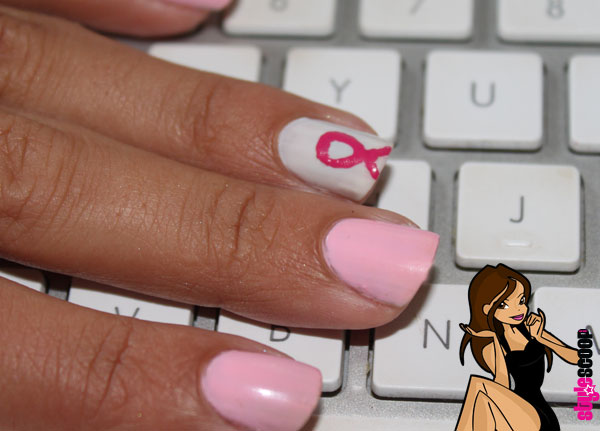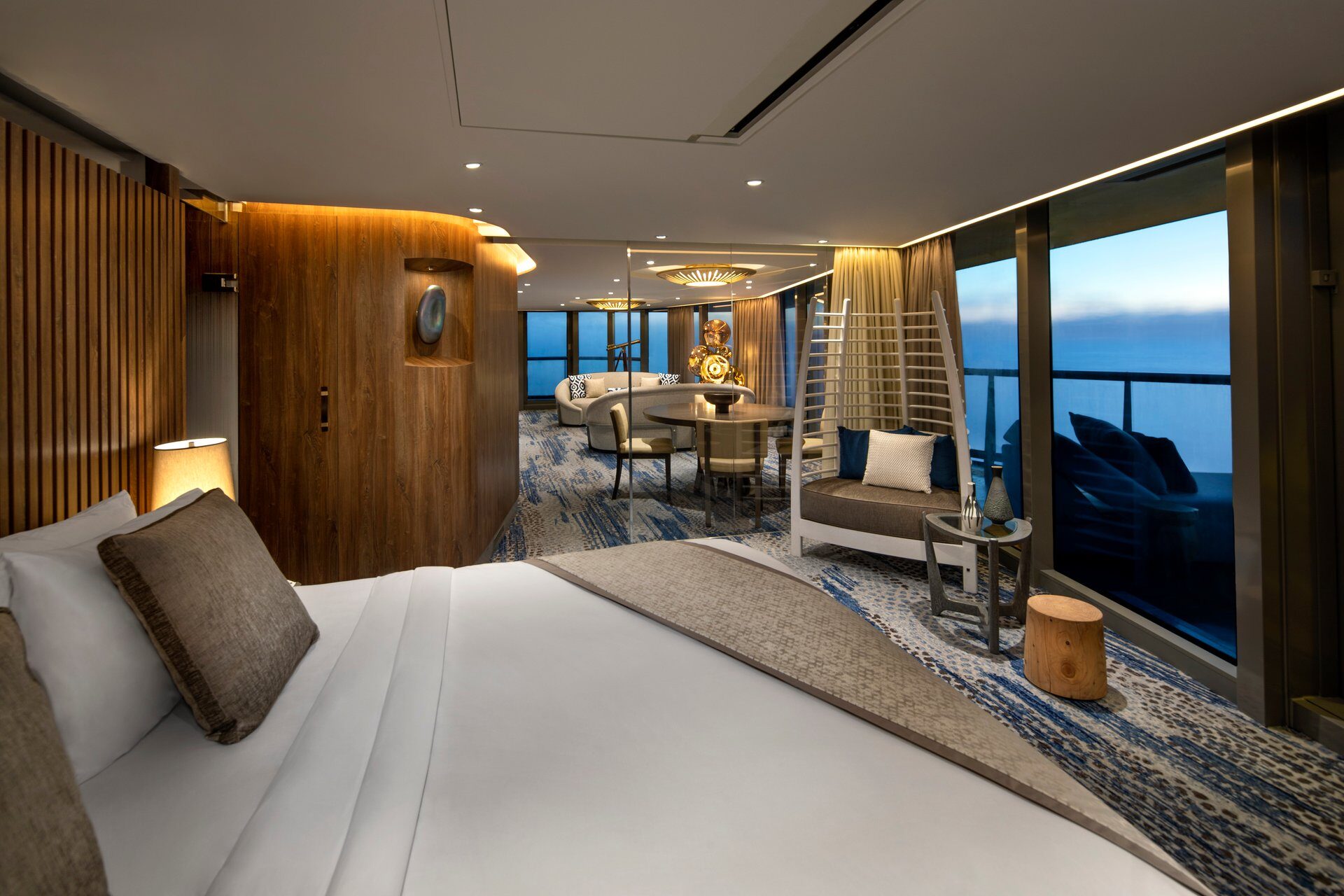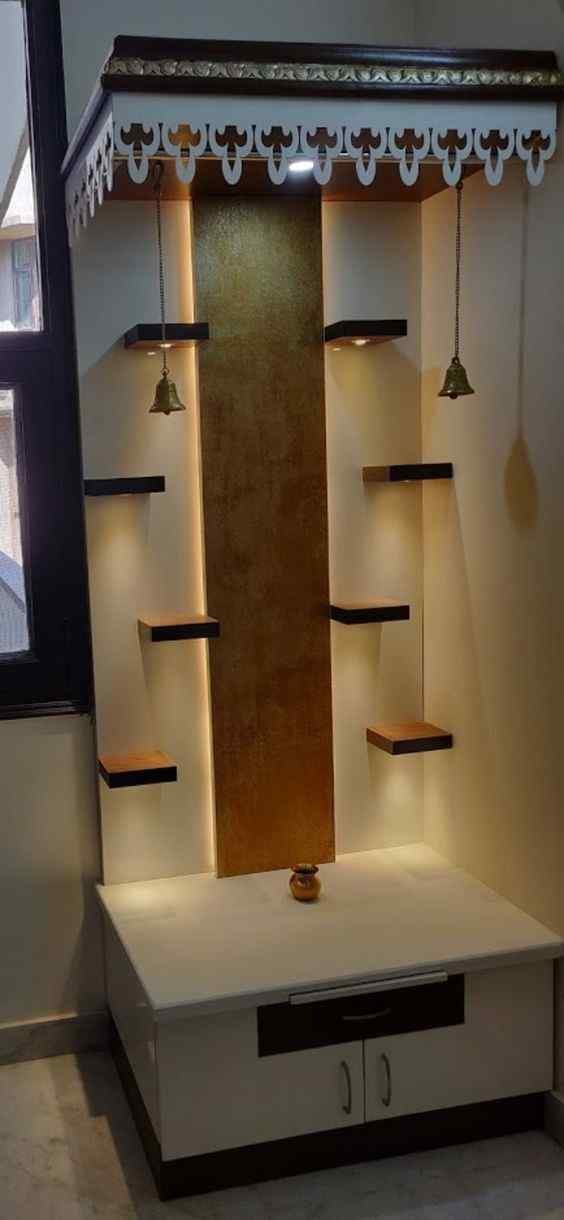Table Of Content
At the same time, we as designers have to be keenly aware of how colors are perceived in different cultures and how that perception changes over time. Before the age of digital screens, people used colors as attributes of physical objects. That’s why there are so many color names attached to the toponyms (names of places).
Transitional Design: Everything You Need to Know About This Traditional and Modern Style - Architectural Digest
Transitional Design: Everything You Need to Know About This Traditional and Modern Style.
Posted: Tue, 28 Feb 2023 08:00:00 GMT [source]
The Principles of Service Design Thinking - Building Better Services
They often dominate public architecture, from cathedrals to corporate headquarters. Extended perpendicular lines suggest an overpowering grandeur, beyond ordinary human measure. For example, calligraphy is recognizable as a representation ofwords, even when we do not know the language. Calligraphic imagery is oftenused by modern artists simply because of the mysterious messages implied in the"code" of unknown language. It can function independently to suggest forms that can be recognized,even when the lines are limited in extent. Now that you’ve seen what constitutes good design, learn more about some of the most common mistakes made by non-designers here.
Products
With Renderforest Graphic Maker you can browse through the professional templates created by our team of designers, choose the ones you need, and start editing them. Say, you’re working with text, and have chosen more than two or three typefaces and fonts, the entire composition will look all over the place. Your target audience won’t be able to concentrate on the information, and the whole design will turn out to be confusing.
Designers are not like their users
If you disregard the principles, then you have a visual piece that lacks a story. As a beginner, however, these elements and principles of design will definitely come in handy and will help you develop a personal style. Regular rhythm is when the spacing between elements is the same. The flowing rhythm gives a sense of movement through curves and bends. Progressive rhythm is all about changing and iterating with each step. When you want to emphasize key elements in your design and make it pop, then using this principle is one of the best things you can do.
What You'll Learn
Principles of design refer to how these elements are used and include scale and proportion, repetition and variety, balance, emphasis and harmony or unity. Both elements and principles of design provide a framework for creation. All design elements and principles—typography, colors, images, shapes, patterns, etc.—carry a visual weight. Some elements are heavy and draw the eye, while other elements are lighter. The way these elements are laid out on a page should create a feeling of balance.
In its purest form, a shape is a two-dimensional area with a border around it. A graphic designer can employ other elements such as line, color, value, and shadow to give a shape a more three-dimensional appearance. As a designer, you must consider seven important elements in every design project to ensure viewers find the piece of art appealing.
Visual Design Principles
Variety mixes various elements and principles to add complexity yet visually appealing designs. It creates interest and detail in images and artwork to engage the audience. Lines play a vital role in directing the viewer's gaze and creating a sense of movement within a design. Straight lines can convey stability and order, while curved lines evoke grace and flow.
Hierarchy is a principle of design that establishes the most important and least important aspects of any design. If you have a hero visual in your design and want it to be at the center of your communication, give it its own space and write your content on a solid patch — this is contrast. For any design to have a dynamic look, it is essential to have well-contrasted elements. You can feel the wall's well-defined edges and rough texture when you touch it. One may classify an image of the same wall as a visual texture.
To see the problem and find a solution, designers rely on data. So the toolset of the designer is based on research, not prettification. The meaning is so multifaceted, to the point that you can no longer say if a universal design definition is possible at all.
You need to understand the significance of using negative space. Your design can show a feeling of visual harmony, clarity, and visual hierarchy within compositions by purposefully using negative space. In digital design, you should see the form as the object you are designing for.
The Floppy Disk “Save” Icon is starting to lose a whole generation of people who have never seen one in real life. Knowledge of how the product could fit into people’s lives is UX. That being said, it’s important to know whether your bias is damaging your design work.
Good or bad, they were authentic bits of text, specific for the product. We call it microcopy and it works like a regular copy with a tweak. The tweak is that even though the text is clear and simple, you can’t reuse it for another product.
This is the very open, underutilized area of any visual presentation or creation. Repetition is visually appealing when used to put emphasis on particular elements and can effectively grab the attention of a reader. These principles are guidelines that are used to visually communicate the ideas represented by the elements. Color effectively contributes to the unity of a series of flyers and puts emphasis on the pertinent information that is conveyed by the other visual elements.
Deep knowledge of both is necessary and helps in enhancing your design. Elements of design are the minor details and aspects of a visual design that are necessary to highlight certain important components of a design. These are the building blocks that have a huge impact on how the final design looks to the audience. If you're wondering how to apply these design principles to forms, you'll want to dive into our guide.
Rhythm defines the structure and discipline of repetitions to create desirable movements. It can also set the mood for the communications you are developing. If you want your customer to develop a sense of energy and youthfulness through your design, you can create a fast rhythm where elements swiftly change in style and nature.



















